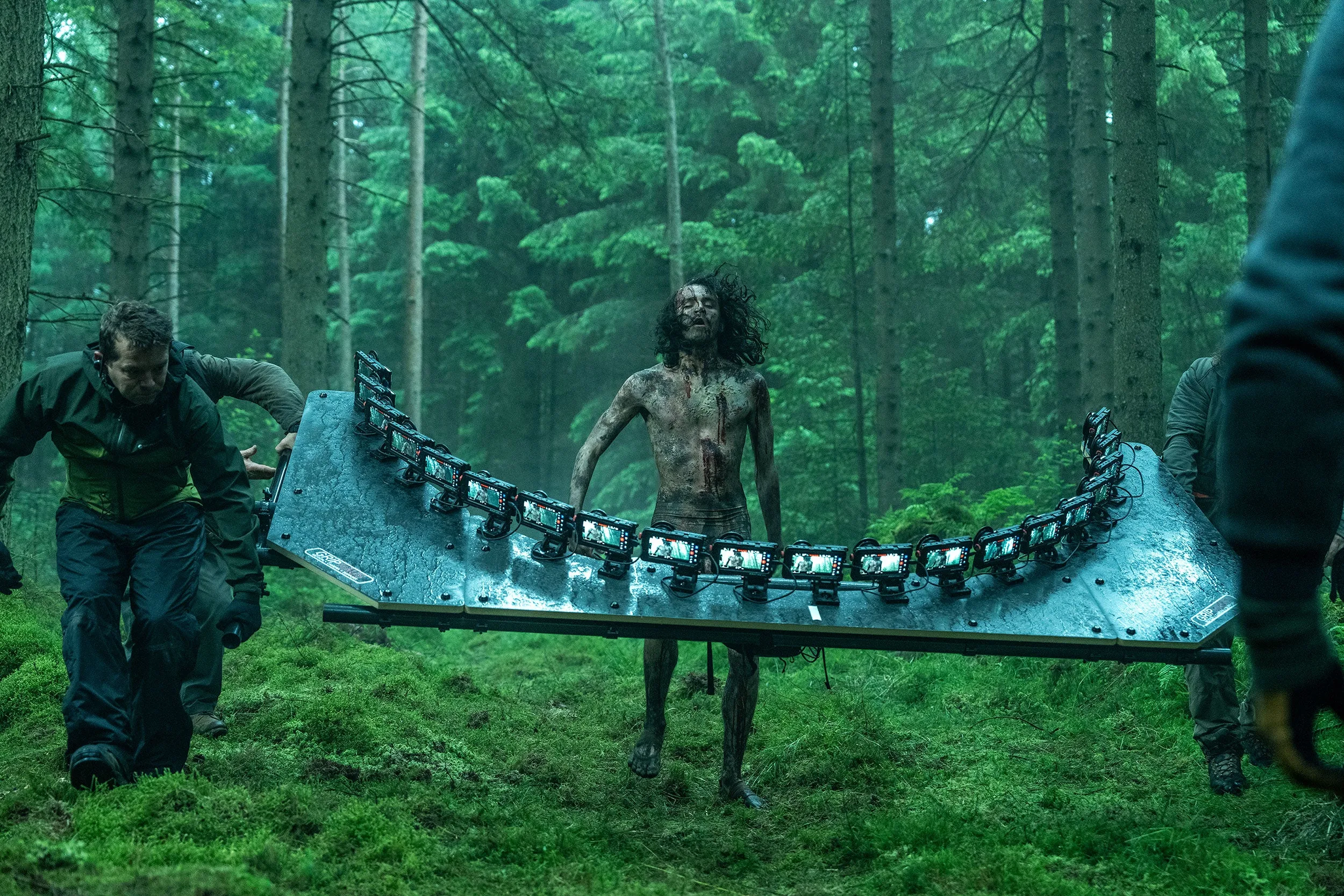
Editor
Celine Low chevron_right
Remember the homemade feel of Danny Boyle's original zombie classic, 28 Days Later? Part of that unique vibe came from the director's choice to shoot on consumer-grade digital cameras, giving London an eerie desolation and raw quality.
Fast forward over two decades, and for his highly anticipated sequel, 28 Years Later, Boyle has once again turned to consumer tech — but this time, it's the very smartphone in your pocket: the iPhone 15 Pro Max.
More Than Just a Phone
In 2002, 28 Days Later was largely filmed in 480p on a Canon XL-1 digital video camera. This gave director Danny Boyle and his crew the agility to quickly navigate time-sensitive locations like Central London, while giving the film a "found-footage" aesthetic that went hand-in-hand with its apocalyptic theme. For 28 Years Later, Boyle aimed to apply the same logic, but with the massive technological leaps made over two decades.
"Technology’s moved on, and we thought, we’ve got to move on and yet we want to respect that instinct, which is to use the ordinary in some way," Boyle told Mashable. "So it feels like it's something that's come from the place that the story is about. And we all got phones now, so we decided to use them."

The iPhone 15 Pro Max was chosen to film key scenes in the new movie. While Apple is credited as an equipment supplier for offering "technical assistance" to Boyle's team, the tech giant isn't commercially associated with the film.
Boyle praised the iPhones for their practicality. "[They're] lightweight, they now record at 4K, but they allowed us to visit places, remote places, in the UK, with a very light footprint." This was crucial for shooting in desolate parts of Northumbria, United Kingdom to evoke the feeling of "a place that's been left untouched for 28 years".
"A crew coming in [to this environment] with a normal equipment level is going to make a big footprint. We used drones a lot, so we could film sequences that cameras couldn’t possibly capture without us disrupting the landscape," Boyle said in a YouTube interview.
"A Poor Man's Bullet Time"
While the iPhone 15 Pro Max served as the "principal camera", it wasn't just a point-and-shoot situation. Boyle and his team customised the iPhones with expensive camera gear and extensive post-processing. They disabled automatic features like auto-focus to maintain maximum control for post-production and added special accessories like professional cinema lenses.
But perhaps the most impressive innovation was a custom rig designed to hold 20 adapted iPhone 15 Pro Max cameras at once. This allowed the filmmakers to create what Boyle humourously called "a poor man's bullet time," capturing brutal action scenes from a multitude of angles simultaneously. ‘Bullet time’ is an expensive technique, however Boyle was only able to pull off a cheaper alternative by using iPhones instead of full-blown film cameras.

“It gives you 180 degrees of vision of an action,” Boyle explained, “and in the edit you can select any choice from it, either a conventional one-camera perspective or make your way instantly around reality, time-slicing the subject, jumping forward or backward for emphasis.”
According to TechRadar, Boyle utilises this technique a handful of times in 28 Years Later, giving the illusion of jumping inside the two-dimensional screen, as if you’re being yanked in and out of the film’s world.
A More Intimate Atmosphere
Actors like Aaron Taylor-Johnson commented on how the iPhone's smaller, less intimidating presence created a more intimate atmosphere on set, allowing the camera to get closer and making performances feel more raw and vulnerable. Taylor-Johnson remarked, "When someone puts an iPhone very close, it's a bit intrusive. You feel kind of vulnerable, and you can't hide... it meant we had to feel very present in the moment."
Boyle appreciates that this technology is now "in everybody's pockets". It's such a cool approach to filming a thrilling zombie film and gets you thinking how an apocalypse would naturally be documented on everyday devices.
Stay updated with ProductNation on here, Instagram & TikTok as well.
News sources: Mashable, IGN SEA, TechRadar, Matti Haapoja (YouTube)
Read more related news here:
